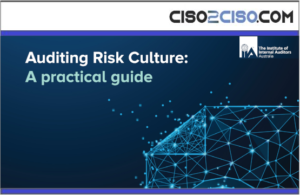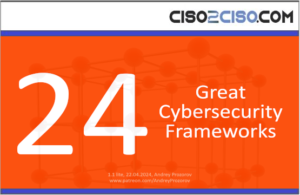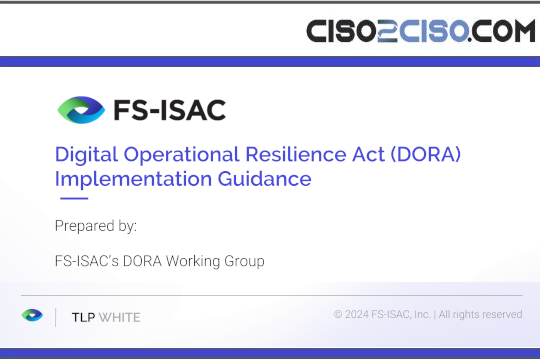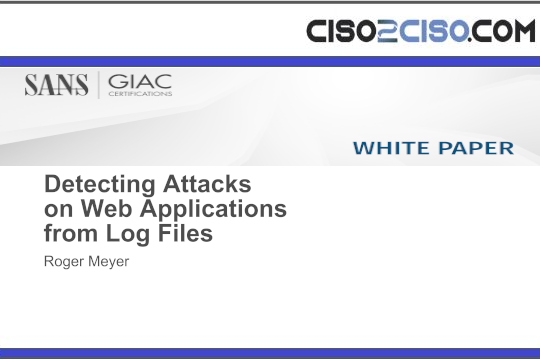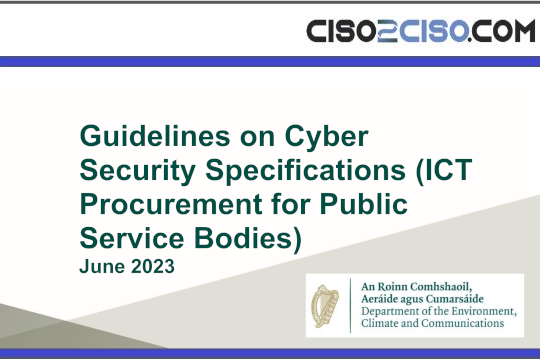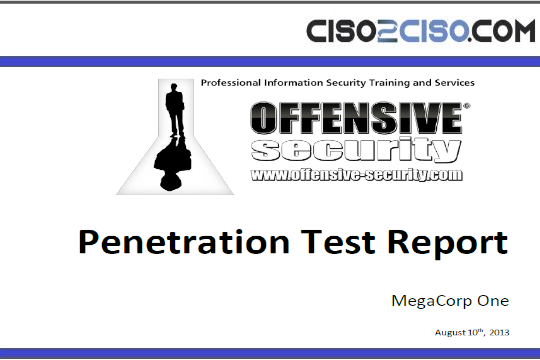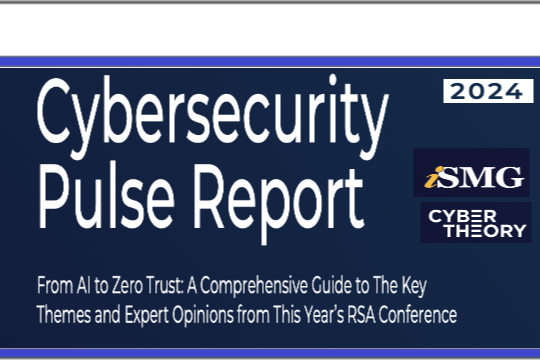Source: securityboulevard.com – Author: Ryan Healey-Ogden
The role of fear
Fear drives irrational and panicked decision-making, often leading individuals to prioritize short-term solutions over long-term security measures. If an employee feels “Fear” about social engineering emails, they may panic and delete any email that comes their way, rather than using context clues and common sense to detect and report actual suspicious emails. They may be so fearful, that they miss real emails incoming from clients or never follow your reporting structure. This can cause negative impacts on their mental health, their productivity, and the reporting process of your organization.
Additionally, when fear takes hold in the context of repercussions, employees may avoid reporting security incidents or disclosing vulnerabilities out of concern for the punishment that would follow, leaving the organization vulnerable to undetected threats. To avoid relying on fear, security managers should be aware of the way they speak about security incidents to employees and focus on what can be done, rather than the possible worse outcomes.
The role of uncertainty
Uncertainty breeds hesitation and indecision. When faced with unknown threats, consequences, and tests, employees may struggle to know the correct response procedures. Without a clear understanding of the threats they face, they’ll struggle to protect your organization. For example, if they are uncertain about the “why” behind completing certain training, they may hesitate to prioritize it on their to-do list. If they are uncertain of the consequences following a clicked link, they may consider not reporting their click, as they are unsure if it could affect their employment.
Uncertainty will lead to shaky and lengthy decision-making by your employees. To avoid uncertainty, communicate clearly to your employees about the current security threats, consequences, tests, and reasons for training.
The role of doubt
Doubt undermines confidence in security measures and protocols. It can show in the broken trust of existing defences or employee competence.
Doubt can arise from a variety of sources, including conflicting information about the effectiveness of security controls or comments on the ability of employees to use their skills to make decisions. If an employee is told that it’s extremely difficult or impossible to spot phishing emails nowadays, they may feel doubt in their security abilities. This doubt can grow into avoidance, where employees give up trying at all, or fear, where employees spend too much time worrying about spotting threats.
When doubt takes hold, employees may become complacent or fearful of security, believing that any of their efforts won’t be made worthwhile anyway. To avoid these feelings of doubt, avoid negative messages about human abilities in cyber security or any incidents in the cyber security world.
Overcoming FUD
The key to avoiding these negative impacts is helping your employees understand “why” they need to know how to spot cyber threats without relying on FUD. Using other emotions, like confidence and competence, can help us overcome negative security cultures and reduce dismal click statistics.
Using competence
Providing employees with the knowledge and skills they need to effectively identify and mitigate security threats can instill a sense of competence and empowerment. When employees are trained properly on the skills they need to spot threats, and know they have the proper training, they can let go of a lot of FUD.
To increase competence, security managers need to focus on continuous and engaging training programs to keep employees informed about emerging threats. Managers must also give employees a chance to practice in a safe environment, before shoving them into the real world and expecting them to know how to act. To do this, invest in interactive, continuous training modules on the identified threats to your organization. By investing in employee development, organizations can equip their team members with the tools they need to understand how to fight off security threats.
Using confidence
Building confidence in security measures and protocols is essential for combating doubt and uncertainty. To increase the confidence of your employees, focus on building relationships with them and encouraging questions. When your employees feel more connected and trusting with you, they will feel more confident in their abilities. Additionally, reward and verbally encourage employees who do well in security training. A few words of encouragement can do a lot for your security culture. In general, involve your employees as much as possible to increase confidence.
By keeping employees involved and engaged, organizations can foster a sense of ownership and responsibility for security throughout the organization, reducing the likelihood of doubt and uncertainty undermining their efforts.
In the fast-paced world of cybersecurity, FUD can pose a significant threat to organizational security. By understanding the detrimental impacts of fear, uncertainty, and doubt, and taking proactive steps to empower employees with competence and confidence, organizations can mitigate the effects of FUD and strengthen their security posture.
Together, we can turn the tide against FUD and create a safer, more secure digital environment for all.
Original Post URL: https://securityboulevard.com/2024/05/fud-how-fear-uncertainty-and-doubt-can-ruin-your-security-program/
Category & Tags: Careers,DevOps,Security Awareness,Security Bloggers Network,CISO Suite,culture,FUD,Home,Security Culture,Seed n soil posts – Careers,DevOps,Security Awareness,Security Bloggers Network,CISO Suite,culture,FUD,Home,Security Culture,Seed n soil posts
Views: 0
















